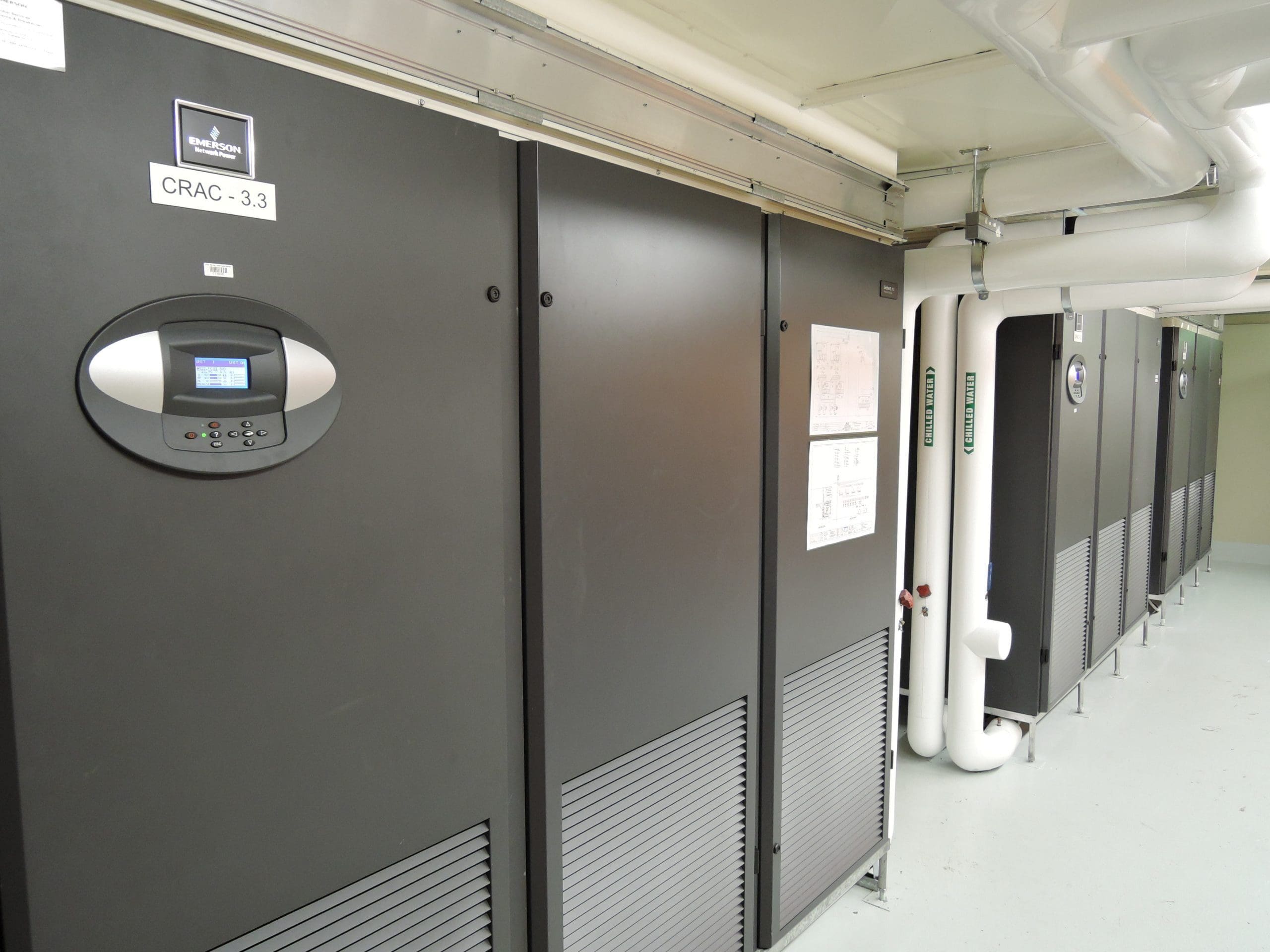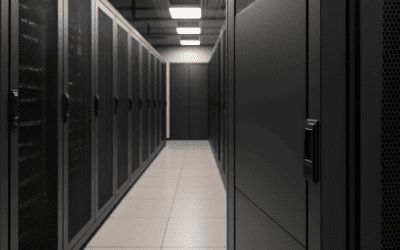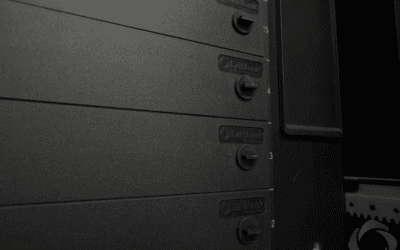New energy standard for Data Centres – ASHRAE 90.4-2016
In September 2016, ASHRAE (American Society of Heating, Refrigerating and Air-Conditioning Engineers) published Standard 90.4-2016, Energy Standard for Data Centers. It establishes the minimum energy efficiency requirements of data centers for design and construction, for creation of a plan for operation and maintenance and for utilization of on-site or off-site renewable energy resources. Standard 90.4 is also a performance based approach that is more flexible and accommodating of innovative changes that rapidly occur in design, construction and operations in that industry.

The new standard focus on meeting performance targets for both mechanical and electrical equipment’s energy use as opposed to the previous standard which provide prescriptive requirements such as air flow rates or type of equipment. This means that data centre’s owners need to be innovative and pro-active when it comes to the optimisation of cooling and electrical systems both in new and existing facility. New cooling technologies such as CREC (Computer Room Evaporative Cooling), high-efficiency DX systems with economiser modes and low speed ventilation (LSV) system consume much less energy compared to traditional CRAC (Computer Room Air Conditioning) systems but CRAC will remain as the most common cooling system used in data centre due to its relative low cost and established maintenance and service network. As a result, optimising CRAC system efficiency is going to become a key action item for data centre’s operators who are working to comply with Standard 90.4.
Optimising CRAC operation is the first step toward efficiency
Typical CRAC unit configuration can expend a great deal of energy to control temperature and humidity, by monitoring room’s temperature & humidity, CRAC unit’s energy consumption by integrating pMon platform with CRAC system, temperature settings and air flow across the data centre can be optimised intelligently using best practice control parameters. However, even the smartest CRAC system will fail to delivery maximum energy saving in a facility where air flow is poorly managed, hence it is equally important to implement effective air flow management system, such as using EziBlank’s blanking panels to cover all unused RU spaces, retrofitting brush panels to seal off cable pathways, erecting EziBlank Wall rack-substitute panel on unused/uncovered floor space to segregate cold and hot aisle. Payback on these items is typically very fast, often as quick as few months and the effect is often immediate.

In conclusion, now is the good time to get started with taking your data centre energy efficiency to the next level.




